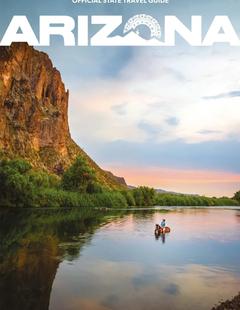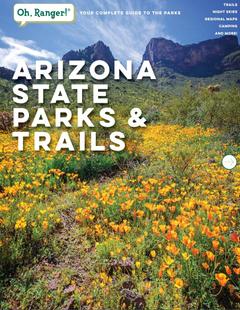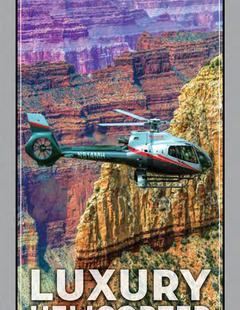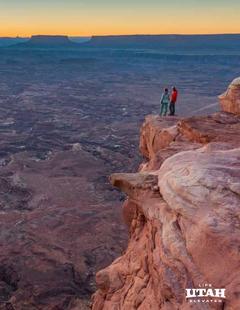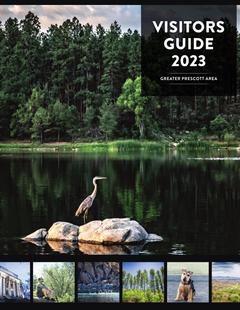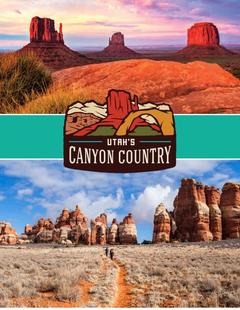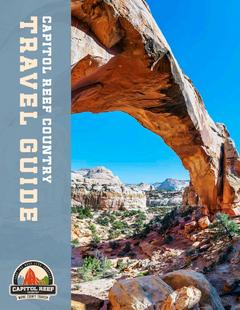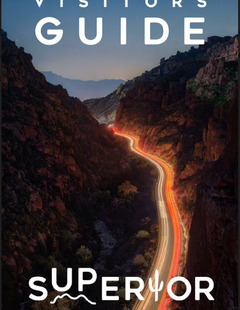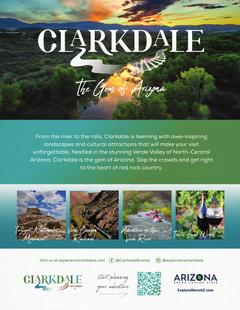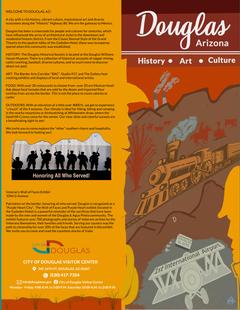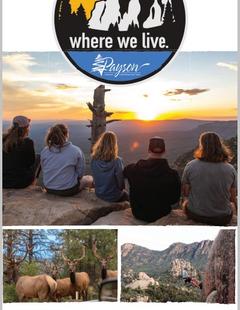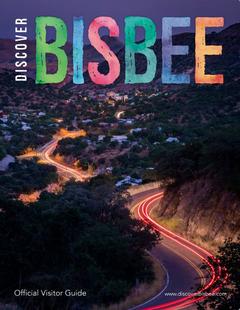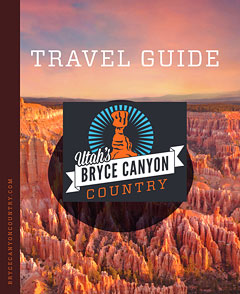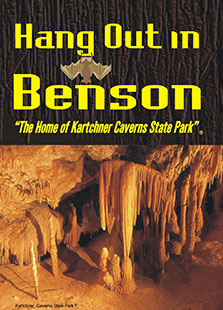Contact Info
- Phone:
- 719-836-2031
Basics
- Length:
- 32.6 miles
- Difficulty:
- Intermediate,
Difficult - Time:
- Multi-Day
- Trailhead Elevation:
- 8040 feet
- Elevation Range:
- 8040 feet to 11880 feet
- Elevation Change:
- 3840 feet
- Season:
- Summer to Fall
Description
Starting from the Payne Creek/Brookside Trailhead, the trail rises gently and soon reaches the junction at which the Payne Creek and Brookside-McCurdy trails diverge. The Payne Creek Trail goes left, and then swings southeast on its way to join the Colorado Trail. The Brookside-McCurdy continues south, climbing gradually at first, and then steepening as it climbs the Platte River Range. After crossing the boundary of the Lost Creek Wilderness the trail eventually meets the Brookside AG Trail, which rises up from the west after leaving MacArthur Gulch. As of 2001, this trail is in place, but has not yet been opened while a new trailhead for the Ben Tyler and Brookside AG trails is constructed. Check with the South Platte District office for current information. From the junction, the Brookside trail continues to climb up and over into Craig Park, where it intersects with the Craig Park Trail.
The next segment rises south out of Craig Park over a saddle, and then descends into North Lost Park, where it leaves the Wilderness and joins the Colorado Trail. A couple of miles down valley from this junction, the North Fork Trailhead is reached, where the two trails part. The Colorado Trail runs east and north to the Rolling Creek Trailhead on the northeast side of the wilderness and the Brookside-McCurdy veers south following North Lost Creek to the Lost Park Trailhead.
From Lost Park the trail goes south across Lost Creek to a junction with the Wigwam Trail. The Wigwam Trail goes left (east) through the Wilderness to the east side at the Wigwam Trailhead. The Brookside-McCurdy continues south and soon re-enters the Wilderness, then follows Indian Creek upstream to a high saddle between the Lost Creek and Tarryall Creek drainages, where it meets the Ute Creek Trail climbing up from the south. Here the trail swings southeast, continuing to climb for a short distance to its high point on the southwest shoulder of Bison Peak. From the high point the trail follows a ridge to the southeast through the remnants of an old burn. This stretch has tremendous views to the south and west, particularly in the fall, but be aware of your exposure to lightening from summer afternoon storms. Eventually the trail drops down to the pass at the south end of McCurdy Park and meets the McCurdy Park Trail, coming up from the north.
On the last segment of the Brookside-McCurdy Trail, it descends a short distance to another junction, this time with the Lake Park Trail. The Lake Park Trail rises to the east, and then drops south to Hankins Pass. The Brookside-McCurdy drops steeply south, leaving the Wilderness, to a junction with the Hankins Pass Trail, which extends east toward the Goose Creek Trailhead. One last gentle downhill leg brings you out at the Twin Eagles Trailhead.
Details
Length:
Difficulty:
Difficult
Time:
Trailhead Elevation:
Elevation Range:
Elevation Change:
Season:
Additional Details:
The Brookside-McCurdy Trail is the major north-south artery through the middle portion of the Lost Creek Wilderness. Its northern terminus is the Payne Creek/Brookside Trailhead near Bailey and its southern terminus is the Twin Eagles Trailhead, southeast of the Tarryall Reservoir. About midway between these two trailheads the Brookside-McCurdy Trail passes through the Lost Park Trailhead. Along the way it connects with nine other trails, providing numerous opportunities to create loop trips of various lengths. Throughout its length, this trail presents the hiker with a wide variety of the different landscapes found in the Lost Creek Wilderness, including different forest types, wide-open parks, wild formations of red Pikes Peak granite, and the tremendous views found along the ridge between Bison Peak and McCurdy Park. Deer, elk, and bighorn sheep are some of the wildlife that can be seen along the trail. Because the trail is almost entirely in designated wilderness, Wilderness regulations apply.















